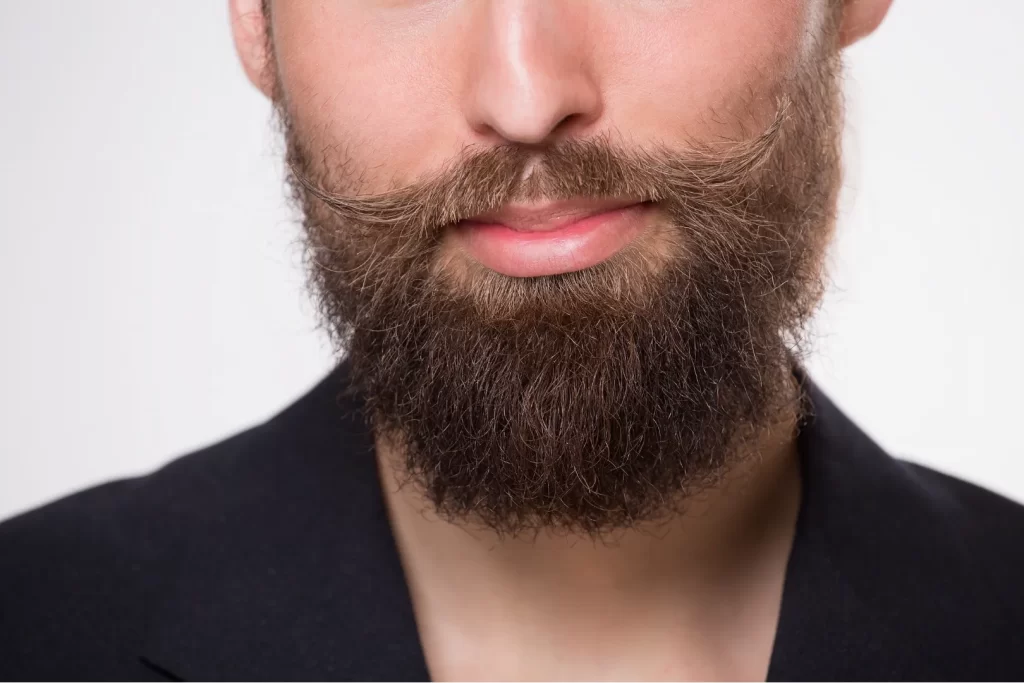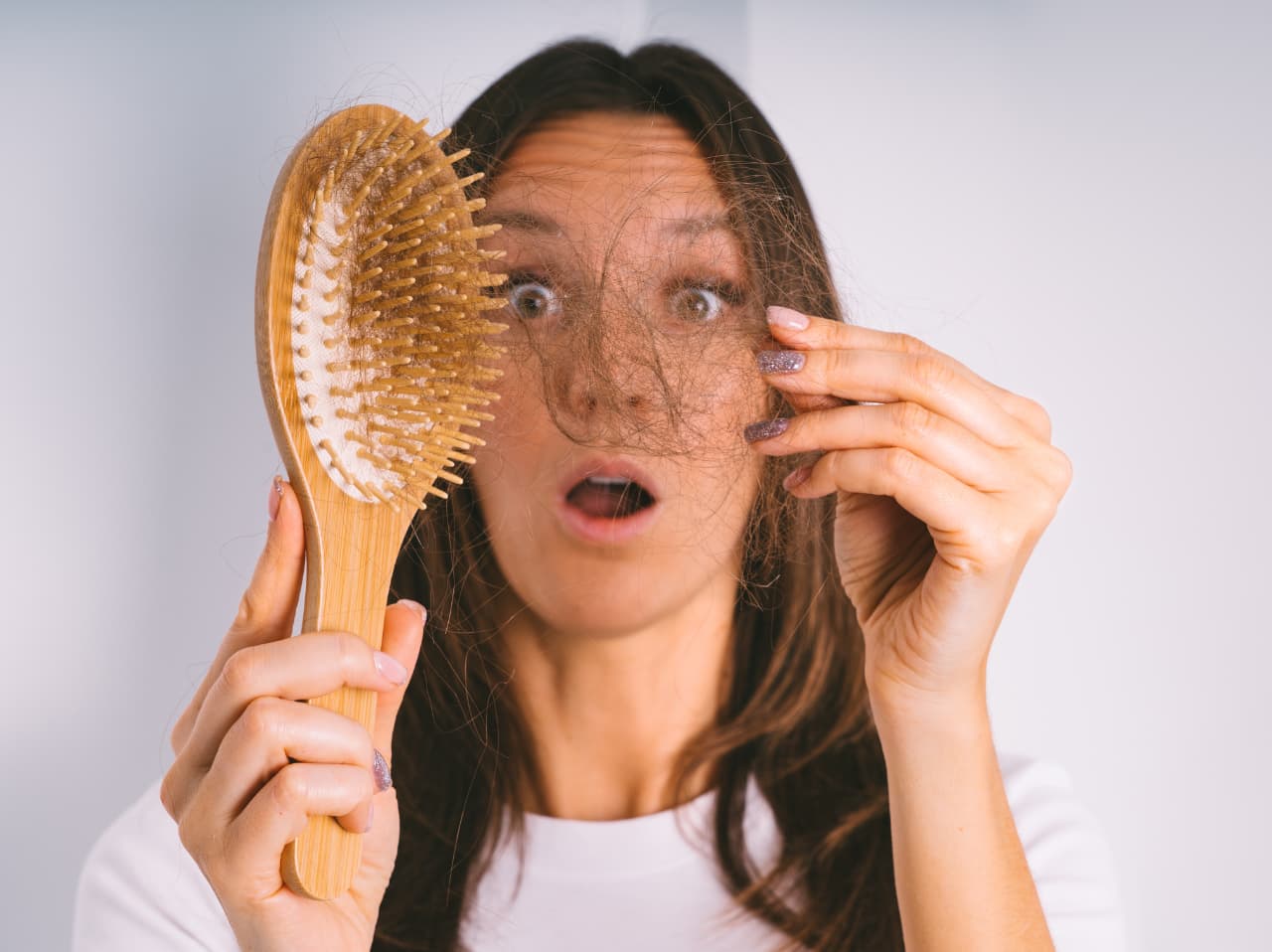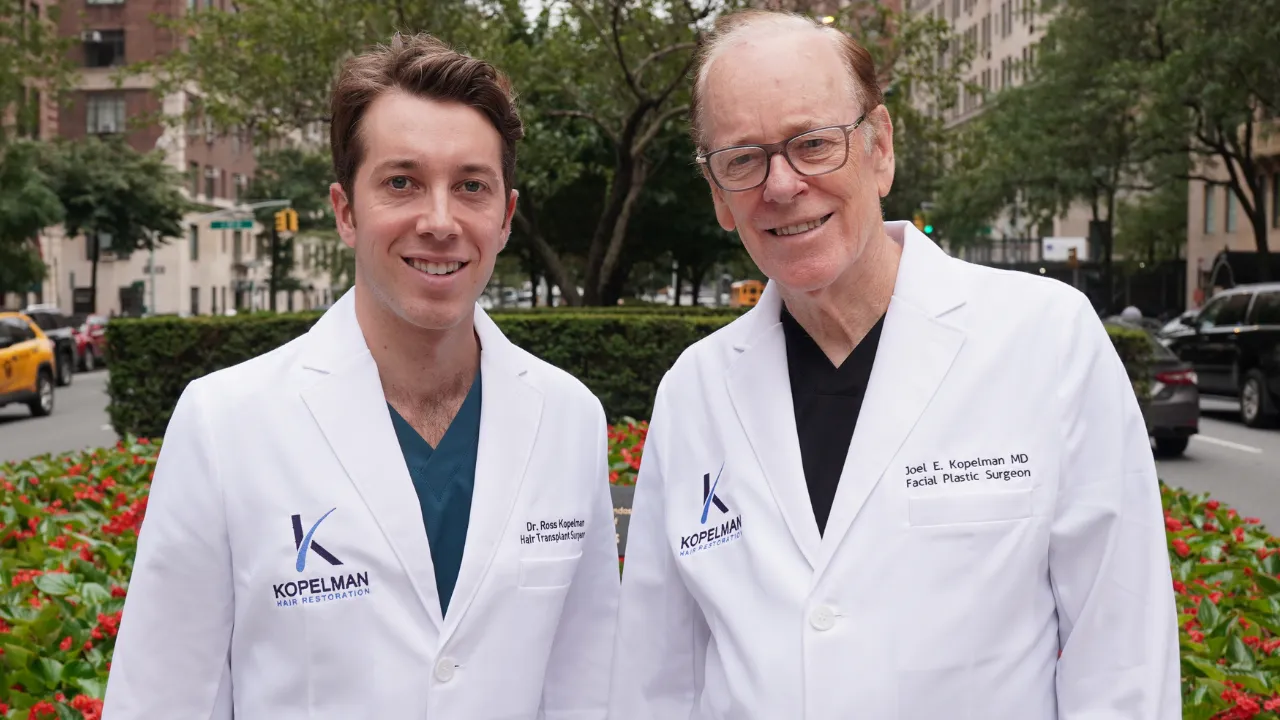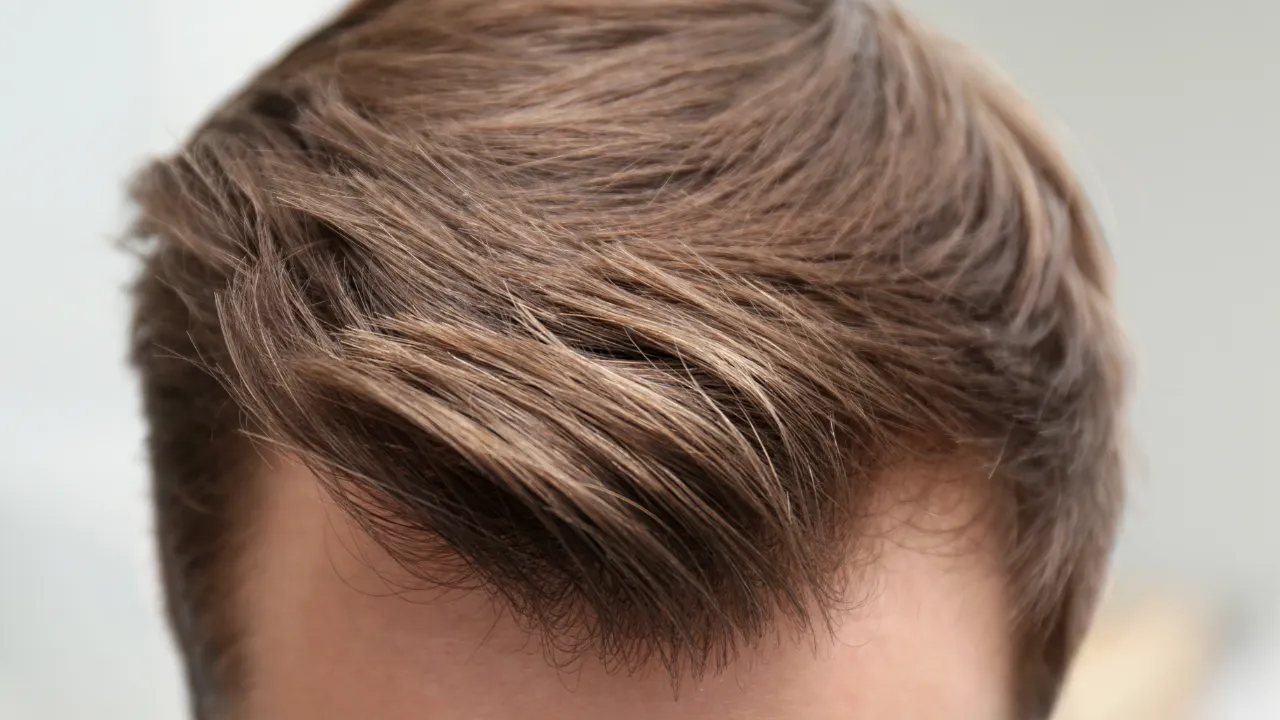Table of Contents
ToggleMinoxidil, originally developed to treat high blood pressure, is now widely known for promoting hair growth. It works by widening blood vessels, improving blood flow to hair follicles. Many men explore beard minoxidil as a reliable option to stimulate new growth and achieve fuller facial hair. This process increases nutrient delivery, stimulating hair growth in the scalp, beard area, and other regions.
How Minoxidil Works for Beard Growth
Applying minoxidil for facial hair helps increase blood flow to dormant follicles, encouraging thicker beard density.
For beard growth, topical minoxidil is applied directly to areas with sparse or patchy facial hair. Although not FDA-approved for this use, many users report positive results with consistent application. This off-label solution has gained popularity for helping users achieve fuller beards.
If you want a non-medicated option, check out our guide on beard growth cream and how it compares to topical treatments.
Does Minoxidil Affect Beard Growth?
Yes, minoxidil affects beard growth by activating dormant hair follicles and prolonging the anagen phase—hair growth stage. Improving nutrient delivery supports the development of thicker, healthier beard hair. Results may vary depending on age, genetics, and facial hair density, but consistent use can lead to noticeable changes over time.
How Minoxidil Stimulates Facial Hair Follicles
Minoxidil enhances the function of hair follicles by increasing blood flow to the area. This process delivers essential nutrients that help transform fine vellus hairs into thicker, terminal hairs. Over time, this leads to denser and darker beard growth.
Minoxidil Beard Growth Results
Using minoxidil for beard growth has yielded impressive outcomes for many users. Whether addressing patchy areas or enhancing existing growth, the product has become a go-to solution for those seeking thicker facial hair.
Minoxidil Beard Before and After Photos
Before-and-after photos demonstrate the effect of minoxidil on beard growth. These images often highlight increased hair density and improved coverage in the beard area. For many, these visual transformations motivate them to stay consistent with their routine.
Rogaine Beard Before and After: What to Expect
Rogaine, a brand name for minoxidil, has shown noticeable results in beard growth when used consistently. In the first 2–3 months, users may notice the appearance of fine, lighter hairs. By 6–12 months, these hairs often darken and thicken, creating a more defined beard. Achieving these results requires patience and dedication to daily application.
Minoxidil Beard Transformation: Timeline and Expectations
The typical timeline for a minoxidil beard transformation spans several months:

1–2 Months: Early signs of growth, with light vellus hairs becoming visible.

3–6 Months: Noticeable density improvements and darker hairs. Clinical data and patient stories show noticeable minoxidil beard results after three to six months of regular use.

6–12 Months: Significant changes, with fuller and more uniform beard growth.
Results depend on genetics, age, and consistent use. For best outcomes, apply minoxidil daily and follow recommended usage guidelines. Once your beard starts filling in, you can experiment with various beard styles for men to match your new look.
Using Minoxidil for a Fuller Beard
Proper application is crucial for maximizing the effect of minoxidil on beard hair. Consistency and technique make all the difference in achieving the desired results. Minoxidil for men’s beard growth tends to work best when applied consistently over several months.
How to Apply Minoxidil for Beard Growth
Follow these steps to use minoxidil effectively:
- Clean Your Face: Wash and dry your face thoroughly to remove dirt and oil.
- Measure the Dose: Use the recommended amount—1 milliliter for liquid or half a cap for foam.
- Apply to Target Areas: Spread the product evenly over patchy or thin areas.
- Massage Gently: Rub the solution into your skin to ensure it reaches the follicles.
- Let It Absorb: Allow 2–4 hours for the product to dry before touching or washing your face.
As previously mentioned, apply twice daily for the best results.
Key Considerations for Minoxidil Use
Minoxidil Beard Growth Success Rates
Studies and anecdotal evidence suggest that most users experience visible improvements within 4–6 months of consistent use. Success rates vary based on genetics, but a commitment to the routine significantly impacts outcomes.
Precautions and Safety Tips for Beard Application
To use minoxidil safely:
- Wash your hands after application to avoid spreading the product.
- Monitor for irritation and adjust use if needed.
- Apply consistently twice daily for optimal results.
- Let the product fully absorb before using other treatments or moisturizers.
Always follow product instructions and consult a professional if you have concerns.
Combining Minoxidil with Other Treatments
Enhance results by pairing minoxidil with complementary treatments like:
- Microneedling: Boosts absorption and stimulates follicles.
- Hair Growth Oil: Hydrate the skin and support healthy hair.
- Supplements: Nutrients like biotin promote overall hair health.
- Non-Hormonal Treatments: Procapil, Capixyl or Redensyl.
Discuss combination therapies with a professional to ensure safety. Curious about how hormones affect beard growth? Read our full guide on does testosterone affect beard growth to understand how testosterone and DHT influence facial hair development.
Alternatives to Minoxidil for Beard Growth
If minoxidil isn’t suitable, consider:
- Beard Transplants: Surgical options for permanent results.
- Natural Remedies: Oils like castor or peppermint oil for subtle improvements.
- Lifestyle Changes: Healthy diet and stress reduction to support natural growth.
- Diet: plays a major role, too. Certain beard growth vitamins like biotin and vitamin D can accelerate results when paired with Minoxidil.
Each option has benefits and limitations. A facial hair transplant in NYC can provide natural-looking, lasting results for those seeking a permanent solution. Choose what aligns best with your goals. Some men combine Minoxidil with tools like the derma roller for beard growth to stimulate follicles more effectively.
Are you considering Finasteride for Beard growth? Don’t. Please read our article: Finasteride for Beard Growth: Does It Really Work?
FAQs About Minoxidil and Beard Growth
Is Minoxidil Beard permanent?
Minoxidil beard gains can be permanent if the hair transitions from vellus to terminal. However, stopping use prematurely may result in loss of new growth. Consistency is essential to lock in results.
What Are the Side Effects of Minoxidil Beard Growth?
Common side effects include:
- Skin Irritation: Dryness, redness, or itching.
- Unwanted Hair Growth: If the product spreads to unintended areas.
- Flaking: Mild peeling as the skin adjusts.
- Systemic Effects (rare): Dizziness or rapid heartbeat.
Perform a patch test before starting and consult a healthcare provider if side effects persist.
Can You Really Grow a Beard with Minoxidil?
Yes, many users have successfully grown fuller beards with minoxidil. By stimulating dormant follicles and enhancing blood flow, it supports beard hair growth. However, results depend on factors like genetics and consistent use.
Should You Rub Minoxidil In?
Yes, gently massaging minoxidil into the skin ensures it reaches the hair follicles, promoting beard growth. Avoid vigorous rubbing to prevent irritation. Clean hands and even application are essential for effective use.
Best Time of Day to Apply Minoxidil
Consistency is more important than timing. However, many users find the following routine effective:
- Morning: Apply after washing your face for a clean base.
- Evening: Apply before bed to let the product work overnight.
Allow at least 4 hours for absorption after each application.
For those dealing with hair thinning or similar concerns. Consider speaking with Dr. Kopelman. This father-son team has more than 35 years of experience in hair restoration.
They focus on personalized treatments for every client. Dr. Kopelman’s expertise can help you find the right solution tailored to your unique needs. Schedule a consultation today to explore your options and take the first step towards achieving your hair goals.
























